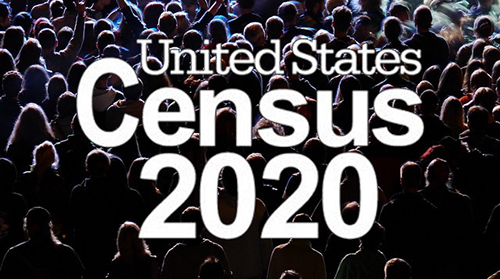
Local students involved in the Sikh Honors and Service Society are working to get the Punjabi language recognized on the 2020 Census.
With Punjabi being the third most spoken language in the Central Valley, advocates feel it is imperative to offer the language on the questionnaire that only comes around once every decade.
“We have to understand the questions that are being asked in order to create change in the Central Valley,” said Manpreet Kaur, a community organizer with the Jakara Movement, in a video. “We have to make sure it’s accessible to all.”
Kaur said people coming from India make up the second highest population coming over the Mexican border, and a large majority of that population are Punjabi individuals.
The Census Bureau for the first time will be collecting census responses in Arabic, French, Haitian Creole, Japanese, Polish, Portuguese and Tagalog, according to NPR.
“This is a huge leap forward from what we did in 2010, expanding the number of languages for the Internet and for telephone,” Jennifer Kim, an assistant division chief at the Census Bureau, told NPR in March.
The newly added languages are commonly spoken in at least 60,000 households where English language skills were lacking, data from the census’ 2016 American Community Survey shows.
But with more than 350 languages spoken across the United States, advocates feel this is not enough.
U.S. residents will have 13 languages to choose from — Punjabi not being one of them — when answering the census questions next year, NPR reported.
Paper forms will be available in English and Spanish, while the bureau collects responses over the phone in the other 11 languages. NPR says video and printed guides will be available in 59 non-English languages, including Punjabi. There will also be a video in American Sign Language, and a printed guide in braille will be available.
Population counts from the 2020 census will determine how many congressional seats and Electoral College votes each state gets for the next decade and redistricting. The data also determines where an estimated $880 billion a year in federal funding will be disbursed for schools, roads and other public services.
“Getting Punjabi counted means better representation, better health and education for us all,” Kaur said.
She continued: “The census never captured us, so now when the census starts capturing us, thirty years from now some young Punjabi will look back and appreciate you filled out the census and your family filled out the census, so there’s a record of our existence.”
South Kern Sol is a youth-led journalism organization in Kern County. In their stories, youth reporters shine light on health and racial disparities in under-served communities across Kern. For more stories by South Kern Sol, head to southkernsol.org.